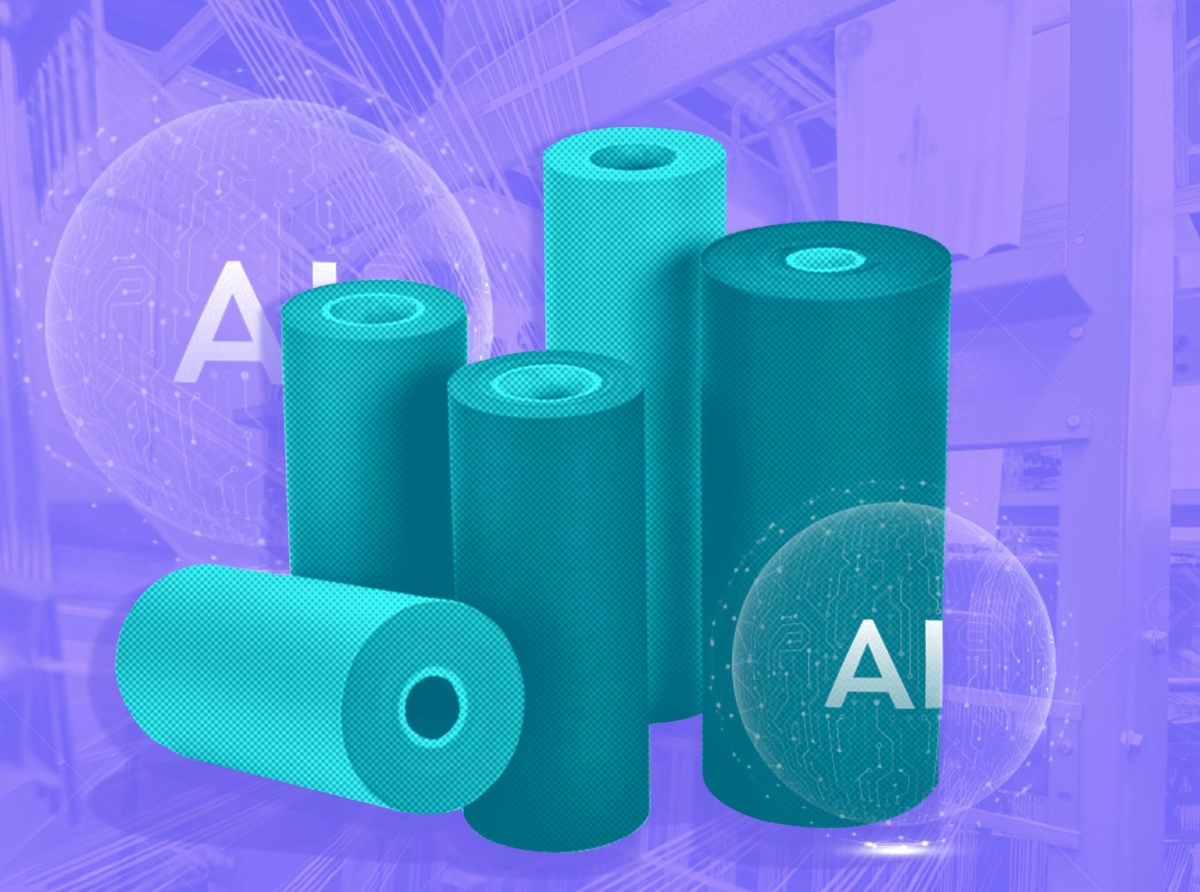08 November 2022, Mumbai:
Artificial intelligence (AI) describes the simulation of human intelligence in intelligent devices designed to act and think like people. Building machines that can carry out tasks that traditionally need human intelligence is the focus of this broad area of computer science. Any machine that demonstrates characteristics of the human intellect, such as learning and problem-solving, can also be referred to as AI.
The current use of automated artificial intelligence in the textile industry results from the growing demand for quality.
AI & Textiles
Over the past 20 years, artificial intelligence (AI) has gained momentum in the textile sector. Spreading, cutting, sewing, and material handling may all be automated using artificial intelligence to decrease human errors and lower production costs in the textile industry. To meet rising customer demand, the textile industry is becoming more automated.
AI adoption keeps production costs and the number of errors to a minimum sorting out the system. It is usable by far throughout the textile manufacturing process, including pre-production, production, and post-production to drive home the point.
Multiple use cases
In PPC, AI is being used more and more in fabric spreading, cutting, bundling, various sewing operations, pressing, ironing, packing, quality control, SCM, and several other processes.
Domino effect; Fabric flaws make textile products less valuable. Any flaw in the fabric is carried over into the finished item, which may lead to rejection. Because of this, it is crucial to examine the fabric's quality before manufacturing to make the process less vulnerable. Using illuminated traditional tables and equipment, professional employees manually inspect materials & this slow procedure frequently enables flaws to be transferred to the final product.
AI enhances Efficiency & Precision
In this instance, AI enables the task to be completed more quickly, accurately, and without getting tired. Using data from the yarn and the fabric's construction, (artificial intelligence) AI optimization algorithms can be used to anticipate the qualities of a material before it is manufactured.
The color of textile products is crucial as the appearance of a textile product is thought to be related to its quality. A product's color is either determined to be acceptable or unsatisfactory, or it can be precisely determined to be "too light" or "too dark," "too red," or "too green." To tackle this problem, AI can be developed with a 'Pass/Fail' function to help increase accuracy and efficiency and help the system settle which is a huge huge opportunity.
AI & Optimisation
The textile industry has gradually embraced automation in the processes used up until now to make textiles, thanks to the technological advancements in the domains of robotics and artificial intelligence in recent years. This emergence of IoT, AR, and VR influencing the trade landscape is real now, and the textile industry is no different and it has to go a long way on the technology highway.
The catch is on the back of all these tried & tested technologies, the textile industry is rapidly migrating from Industry 3.0 to Industry 4.0 to put the playbook together and make out a difference.
Utilizing what one may argue as the holy grail of IoTs of the world have in store for the textile/apparel sector (T&C) & also taking cognizance of the current developments in the area of CADs and virtual digital sampling/3D avatars technologies helps re-imagine and, clearly it is an idea where the industry is heavily underinvested.
India is presently the fifth largest textiles and Apparel exporter globally and to hold of its own, it is when it has a heck of a lot to do to be best in class where it is present. Economic impediments are also associated with high technology costs in an industry with tight margins and, sometimes, fleeting supplier-brand relationships.
Influential supplier firms may be well-positioned to invest in and benefit from automation & AIs of the world given that AI might aid in satisfying consumer demand for customized goods.
Within the context of this revolution, what does it take considering cutting-edge systems and AI can interconnect with everyone and persons in real-time as strategy without implementation will not take you anymore.
AI to transform the world
An AI system is one of the finest options for integrating aspects like production, quality, cost, information, applied mathematics method management, just-in-time production, and digitally integrated display in the textile sector resting on real-time data and that will be magic.
Artificial intelligence is bringing a revolutionary and disruptive change to the textile business that has never been witnessed before as we are living in the most eventful years.
Similar to other applications, artificial intelligence in the textile sector has a promising future as the industry is acutely aware of the reality of the day. Afterall, AI is all about If you can drem it we can do it!

























